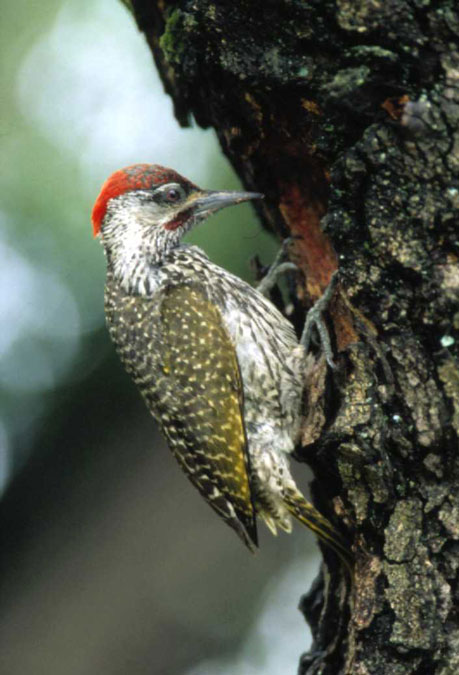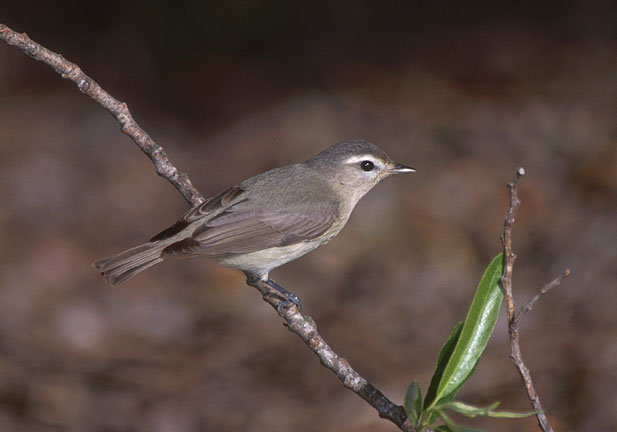
QUIZ 25
A tough angle for gull ID ? The obvious contenders were clearly Iceland and Glaucous Gull (Larus hyperboreus). Juvenile and first-winter Iceland Gulls are very similar to Glaucous Gulls but their general coloration is greyer-brown, less buff or coffee-coloured on average, with a pattern on dark barring on mantle. Scapulars and wings are neater, denser and less coarse, with barring on uppertail- and undertail-coverts. The birds are rather stocky, gentler-looking, less powerful than Glaucous, often lacking tertial step and with long, tapered primaries that produce attenuated rear end. The bill pattern is slightly variable typically with at most basal half dull flesh or greyish, and black tip more extensive, usually shading into pale base and extending back in wedge along cutting edges. At long range, it appears all dark, which is never the case on Glaucous. The head shape was, I must admit, the only other characteristic allowing us to identify this bird: a steeper forehead and rounded head contributing with the shorter and slimmer bill to its gentler expression reminiscent of Common Gull (Larus canus). Glaucous Gull always has the basal two-thirds bright flesh-pink to yellowish-cream and a sharply contrasting , square-cut black tip extending very slightly, if at all, back along the cutting edges. This unique bill pattern is not shared by any other first-year large gull, and is often the first feature by which Glaucous can be located among perched flocks. The species is usually greater than Herring Gull, approaching Great Black-backed Gull (Larus marinus). It is a large, powerful bird, with relatively short, blunt primary projection. Moreover, even if not illustrated here, primary projection beyond tail is same as, or shorter than, bill length, whereas on Iceland, it is longer than bill. The Glaucous-winged Gull (Larus glaucescens), a common pale-winged Gull of Western North America, can be told from the Glaucous Gull at least by the all-black bill on first-years, and on older individuals by the pale brown (immatures) or grey (adults) pattern of the wing- tip. Thayer's Gull (Larus thayeri), intermediate in appearance between Iceland Gull and Herring Gull, has originally been regarded as a subspecies of either. The darkness of their grey-brown barring is variable but usually much as on average Iceland Gull, but sometimes as dark as on Herring Gull. Head and underparts are rather uniform, pale grey-brown like on Iceland, shading paler around bill base. It often shows diffuse darker area around eye, unlike the Iceland Gull.
Bird photographed by ? (Sorry, I can't remember. If YOU are the photographer, please drop me a line !)


QUIZ 26
Bird photographed by Warwick Tarboton.


QUIZ 27
Bird photographed by .

Gallery overview
Quiz Statistics
Quiz results
Rules
Hall of Fame
More links !
